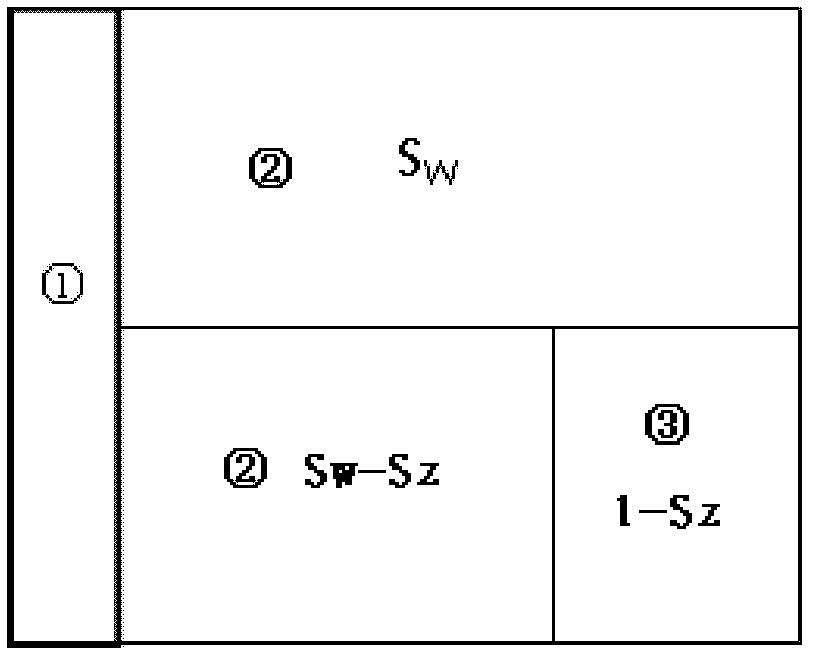A method for quickly identifying low-resistivity oil and gas layers by optimizing drilling mud
A technology for drilling mud and oil and gas layers is applied in the field of oil exploration and development of oil and gas reservoir identification, and can solve the problems of not obtaining low-resistance annulus, inability to guarantee low-resistance oil and gas layers with low-resistance annulus, and high cost of nuclear magnetic resonance logging methods, To achieve the effect of reducing exploration and development costs, saving exploration costs, and improving recovery rates
- Summary
- Abstract
- Description
- Claims
- Application Information
AI Technical Summary
Problems solved by technology
Method used
Image
Examples
Embodiment 1
[0063] Example 1: Identification of low-resistivity oil and gas reservoirs in mature areas
[0064] A well is located in an old exploration block, and the deep detection resistivity value is very low, the resistivity value is less than 1.5Ω·m, and the low resistivity is caused by high salinity, which is a typical low-resistivity oil and gas reservoir caused by high salinity. The irreducible water saturation of the core is 31.6%, and the residual oil saturation is 20%. According to the calculation in the content of the invention, the condition for forming a low-resistance ring zone is R mf >5.5R w . Formation water analysis reports that the formation water resistivity is 0.034Ω·m, and the actual drilling mud resistivity is 0.45Ω·m, then the mud resistivity R mf and formation water resistivity R w The satisfying relation between is: R mf =13.2Rw, which far satisfies the condition of forming a low-resistance ring. Therefore, low-resistivity rings will inevitably appear in th...
Embodiment 2
[0065] Example 2: Discovery of low-resistivity oil and gas reservoirs in new areas
[0066] The resistivity value of the reservoir in a certain well is lower than that of the upper and lower surrounding rocks, which belongs to the low-resistivity oil-gas layer with lower resistivity than the surrounding rocks. It is difficult to identify the oil-water layer, and no explanation has been made before this layer. Inductive logging of parameters such as high frequency in array induction shows that the resistivity of the flushing zone is 10Ω·m, and the resistivity of the formation is 8Ω·m. The resistivity of the flushing zone is greater than that of the formation. However, the resistivity of the intrusion zone is 6.5Ω·m, and the resistivity of the intrusion zone is the lowest, indicating that a low-resistance ring zone is formed in the formation, and the reservoir contains oil and gas, which is interpreted as oil and water in the same layer by comprehensive analysis. The test confir...
PUM
 Login to View More
Login to View More Abstract
Description
Claims
Application Information
 Login to View More
Login to View More - Generate Ideas
- Intellectual Property
- Life Sciences
- Materials
- Tech Scout
- Unparalleled Data Quality
- Higher Quality Content
- 60% Fewer Hallucinations
Browse by: Latest US Patents, China's latest patents, Technical Efficacy Thesaurus, Application Domain, Technology Topic, Popular Technical Reports.
© 2025 PatSnap. All rights reserved.Legal|Privacy policy|Modern Slavery Act Transparency Statement|Sitemap|About US| Contact US: help@patsnap.com



